Introduction
A devastating flood struck eastern Congo this week, killing at least 62 people and leaving over 50 missing. This tragedy has once again drawn global attention to the increasing frequency of natural disasters in Central Africa, many of which are exacerbated by climate change and deforestation. In this blog, we break down the most critical facts surrounding the catastrophe.
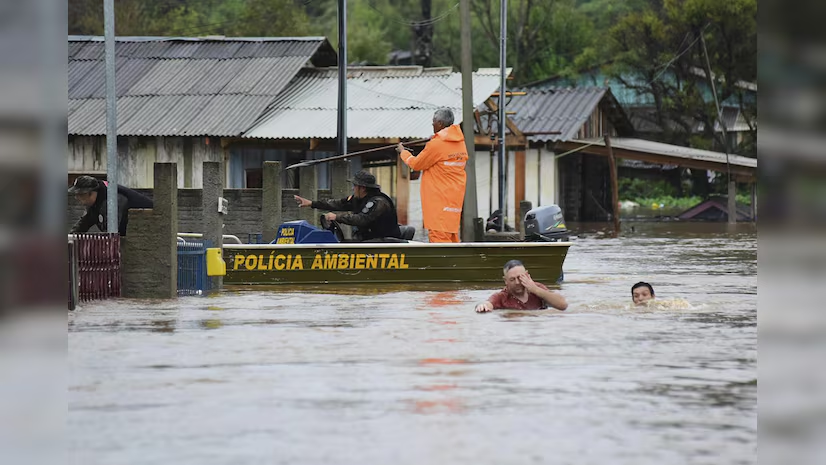
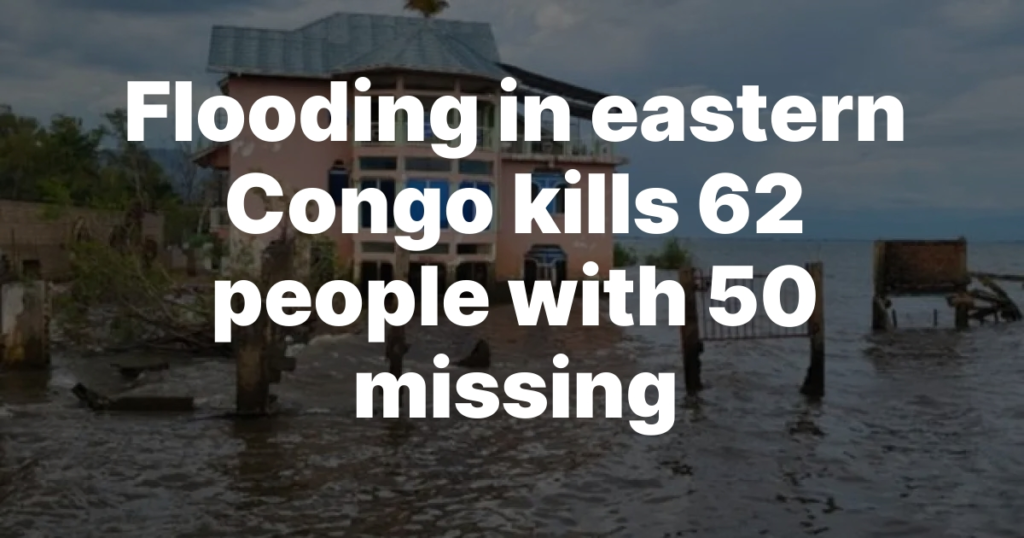
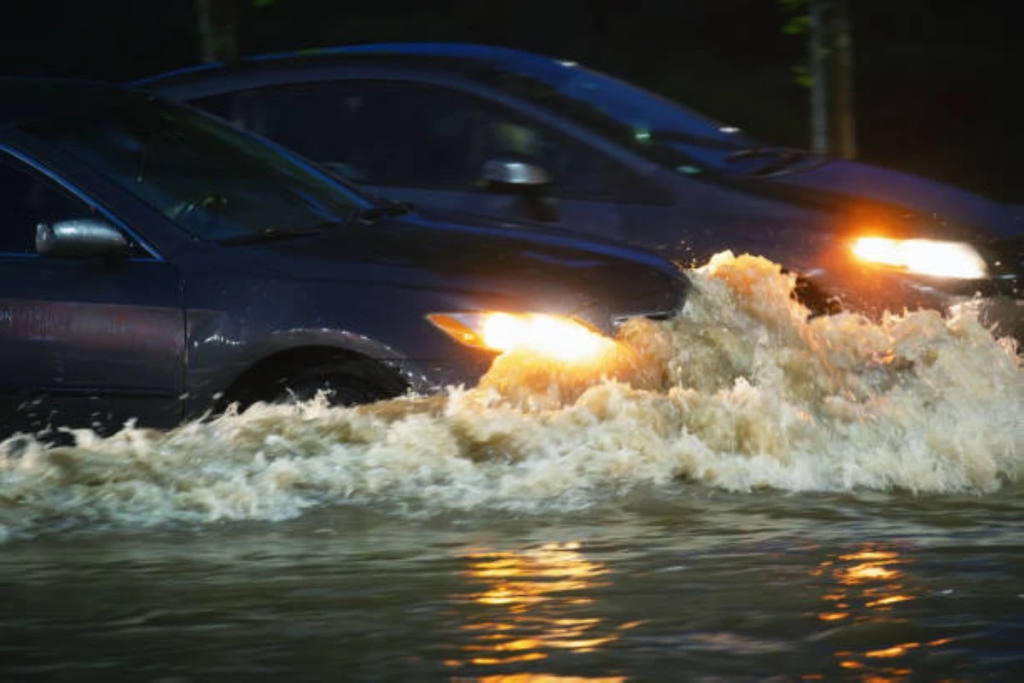
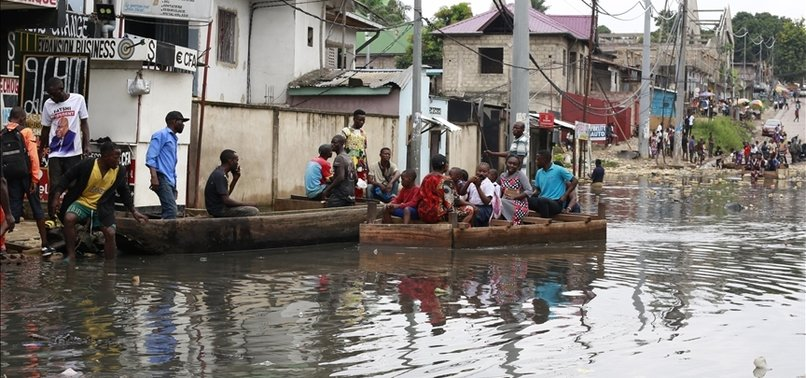
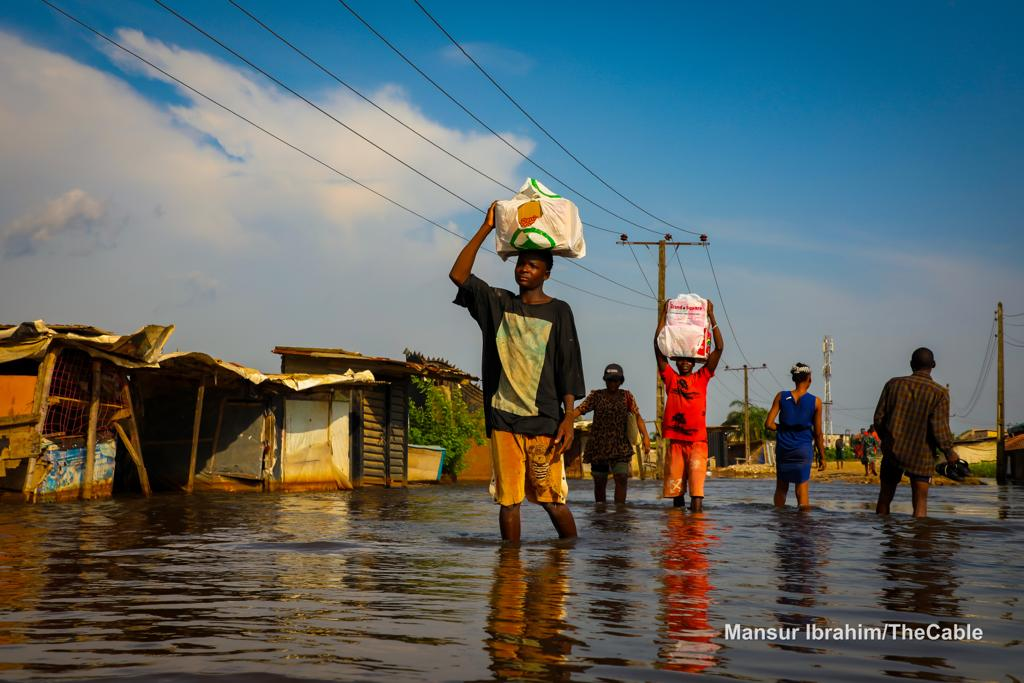
1. What Triggered the Flooding in Eastern Congo?
Heavy rainfall over several days caused rivers in the South Kivu province to overflow, unleashing flash floods and landslides that submerged villages in the territories of Kalehe, including Nyamukubi and Bushushu. Torrential rains overwhelmed poorly maintained infrastructure and natural barriers.
2. The Human Toll: 62 Dead and 50 Still Missing
Authorities have confirmed 62 deaths so far, with dozens more feared buried beneath mud and debris. Rescue operations are underway, but remote terrain and damaged roads are making efforts difficult. The death toll is expected to rise.
3. Homes and Infrastructure Swept Away
Entire neighborhoods have been washed away. Villagers described seeing homes, schools, and crops vanish within minutes. The destruction of bridges and roads has further isolated affected communities, delaying emergency aid.
4. Local and International Response
The Red Cross and local NGOs are providing urgent aid including food, water, and medical supplies. The Congolese government has dispatched emergency crews, while calls for international assistance have grown amid fears of a public health crisis.
5. Climate Change and Deforestation at the Core
Experts say the intensity of the rainfall was likely worsened by climate change, while rampant deforestation in eastern Congo has increased runoff and erosion, reducing the land’s ability to absorb rainwater and making floods more destructive.
6. History of Flooding in the Region
Eastern Congo, especially areas near Lake Kivu, has suffered repeated flooding over the years. In 2023, a similar disaster killed over 400 people in the same province. Despite recurring tragedies, infrastructure investment and climate resilience programs remain limited.
7. What’s Next for the Affected Communities?
Thousands are now displaced and living in makeshift shelters. Relief agencies warn of disease outbreaks and food shortages in the coming days. Long-term rebuilding will require significant support, not just from the Congolese government but also the international community.
Conclusion
The deadly flooding in eastern Congo is yet another painful reminder of the vulnerabilities many African communities face due to climate-related disasters. As the death toll rises and families mourn their losses, the need for sustainable infrastructure, global climate cooperation, and disaster preparedness has never been more urgent.
Want to know more about how climate change is impacting Africa? Read our in-depth article: Climate Change’s Role in Africa’s Deadly Disasters.









